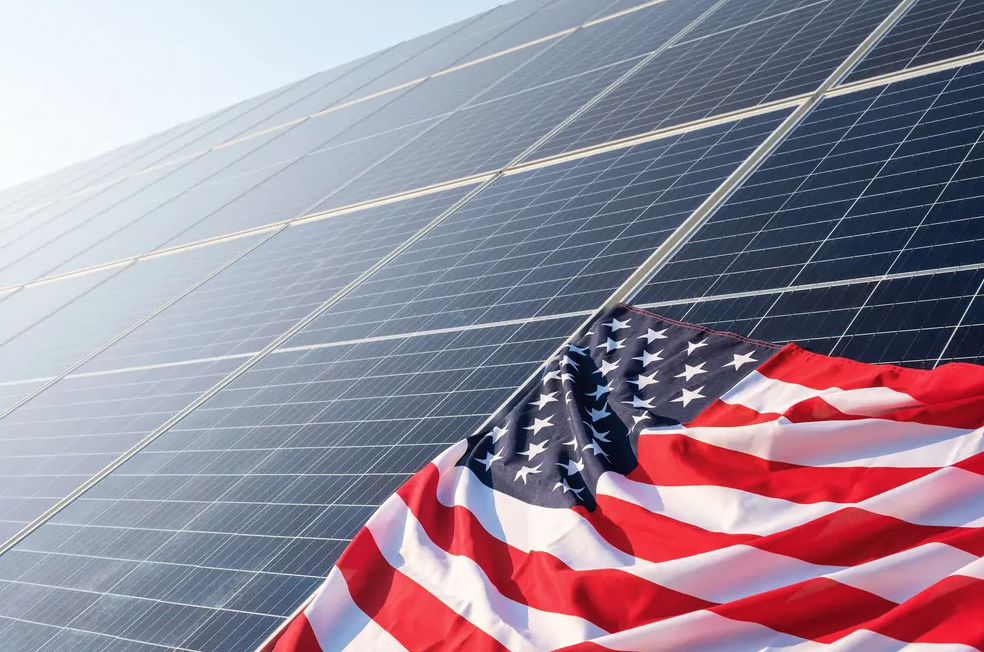US photovoltaic market en route to 378 GW
The Inflation Reduction Act is starting to work. From January to March 2023 the US photovoltaic market installed 6.1 GW of new power, marking a record in its solar history. Make it known these days the Solar Energy Industries Association (SEIA) and Wood Mackenzie in the new industry report. The result, also due to fewer challenges in the supply chain, represents a great start to the year but also the impetus for an exponential future development. According to analysts Wood Mackenzie the size of the US solar market will triple in the next five years, bringing the total installed capacity to 378 GW by 2028.
Going into detail of the first quarter of 2023, it turns out that the US photovoltaic market on a utility scale has registered the most significant increase, closing with a record of 3.8 GW of new installed capacity. The residential segment kept up with the difficult economic period by adding 1.6 GW of capacity in the same period. Good results also for the commercial market with 391 MW installed from January to March 2023.
The IRA and the problem of national manufacturing
But it is not just installations that are growing. The IRA is also stimulating the manufacturing industry. According to the current announcements and projects of new factories, the production capacity of modules photovoltaics “Made in US” should increase from just under 9 GW today to over 60 GW by 2026. And of these at least 16 GW were already under construction at the end of the first quarter of 2023.
“As the Inflation Reduction Act begins to show muscle and drive demand, the US photovoltaic and accumulation industry is eagerly awaiting further guidance on some of the law’s most impactful acts,” said Abigail Ross Hopper, president and CEO of SEIA. “A timely, specific and workable implementation guide from the Biden-harris administration will have a major impact on our short- and long-term success“.
The greatest uncertainties converge on the additional tax credits provided for by the Inflation Reduction Act for solar projects using domestic production materials. The rules to comply with the incentive are complex and there is currently no crystalline silicon solar cell production capacity in the USA. This means that it may take a few years before the credit can actually be used.
“The US solar industry is slowly starting to see an improvement in the supply chain,” said Michelle Davis, global solar manager at Wood Mackenzie and lead author of the report. “At the same time, qualifying for increased credit through materials manufactured in the US will be a very complex process for solar project developers. Even once the production of crystalline silicon cells has been established, many other components will have to be produced nationally before the plants qualify”.

